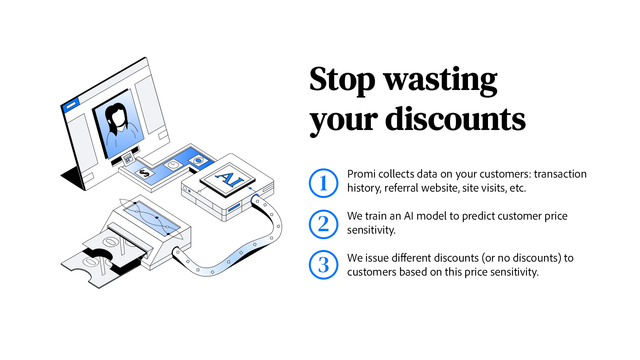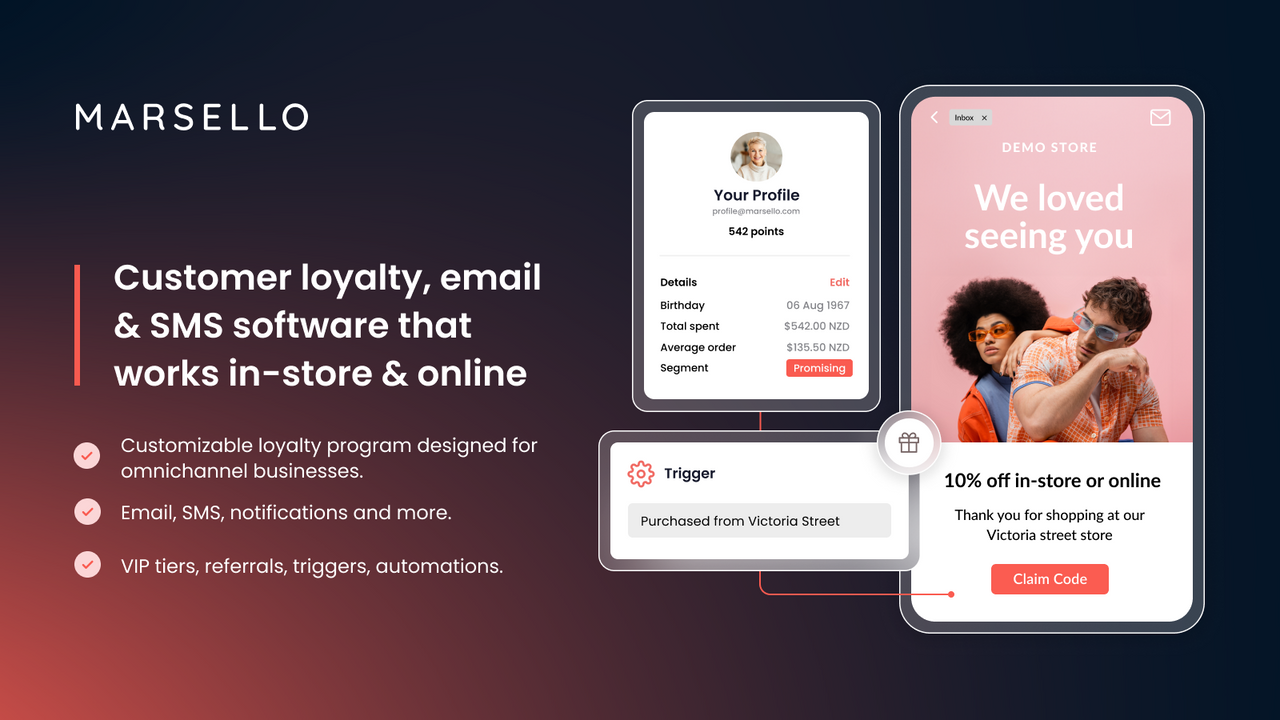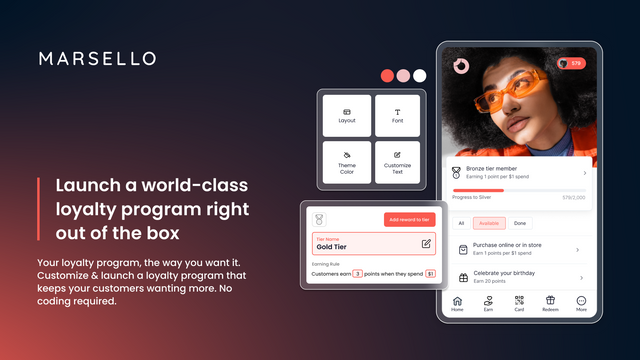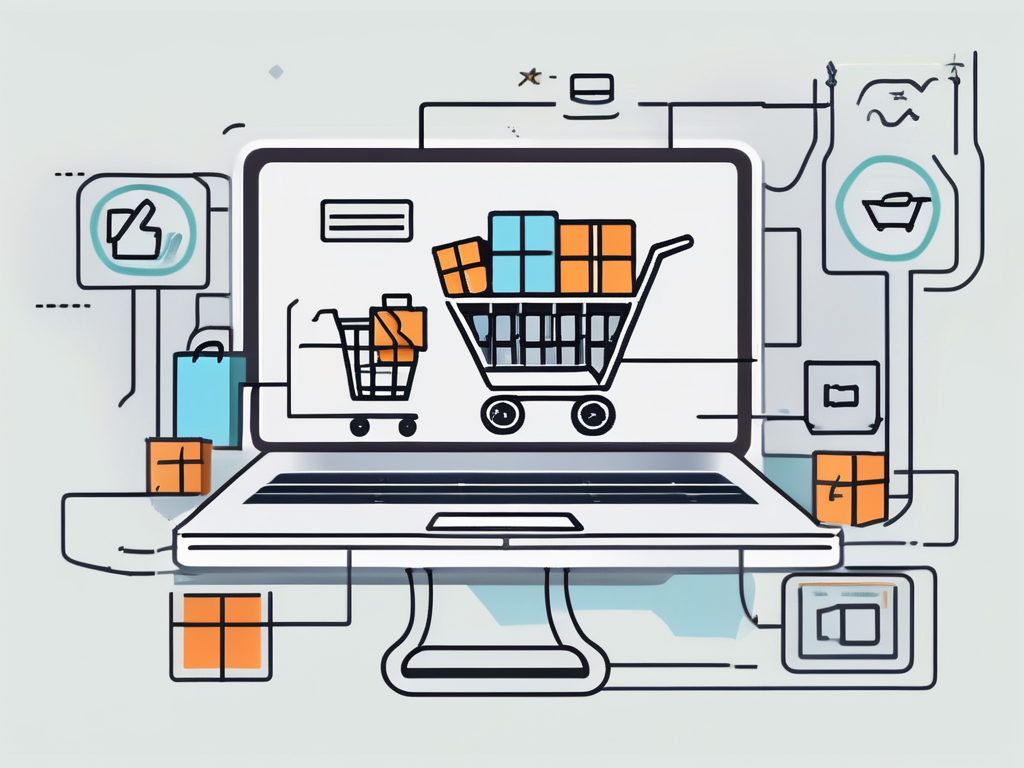Welcome to this guide on how to start a successful Shopify store. In today's digital age, establishing an online presence for your business is crucial, and Shopify proves to be an excellent platform for ecommerce. This article will walk you through the necessary steps to get your Shopify store up and running and provide you with valuable insights to optimize its performance.
Understanding the Basics of Shopify
In order to embark on your Shopify journey, it's important to grasp the fundamentals of this ecommerce platform.
Shopify is a user-friendly and robust ecommerce platform that enables entrepreneurs to create their own online stores. It provides the necessary tools and features to design, launch, and manage your business on the web.
When you choose Shopify as your ecommerce platform, you gain access to a wide range of benefits that can help your business thrive. Firstly, Shopify offers an intuitive interface, making it accessible to even those without technical expertise. This means that you don't need to be a coding wizard to create a professional-looking online store. With its user-friendly interface, you can easily navigate through the platform and customize your store to suit your brand's unique style and identity.
Another major advantage of using Shopify is its seamless integration with various payment gateways. This ensures a hassle-free transaction process for your customers, as they can choose from a variety of payment options that they are comfortable with. Whether it's credit card payments, PayPal, or other popular payment methods, Shopify has got you covered. This flexibility not only enhances the overall shopping experience for your customers but also helps increase conversion rates and boost sales.
Furthermore, Shopify provides a wide array of themes and customizable options to create a visually appealing and unique store. With hundreds of professionally designed themes to choose from, you can easily find one that aligns with your brand's aesthetic and showcases your products in the best possible way. Additionally, Shopify allows you to customize these themes to match your brand's colors, fonts, and overall design preferences. This level of customization ensures that your online store stands out from the competition and leaves a lasting impression on your customers.
In summary, Shopify is not just a platform for creating an online store; it's a comprehensive solution that empowers entrepreneurs to build and grow successful ecommerce businesses. With its user-friendly interface, seamless payment integration, and customizable options, Shopify provides everything you need to create a visually stunning and highly functional online store that attracts customers and drives sales.
Planning Your Shopify Store
Before diving into creating your Shopify store, it's essential to properly plan and strategize. This will ensure that you are well-prepared and have a clear direction for your online business. In this expanded version, we will explore some key aspects of planning your Shopify store in more detail.
Identifying Your Target Market
Understanding your target market is key to tailoring your store to meet their needs. Conducting thorough market research will provide you with valuable insights into your potential customers. You can start by identifying their preferences, demographics, and buying behaviors. By knowing who your target market is, you can create a more personalized shopping experience for them.
For example, if your target market consists of young adults who are interested in sustainable fashion, you can curate products that align with their values. You can also design your store in a way that reflects their style and preferences. This could include using eco-friendly packaging or showcasing brands that prioritize ethical manufacturing practices.
Choosing the Right Products
Selecting the right products to sell on your Shopify store is crucial for your success. Conducting product research will help you identify trending items or niche products that align with your target market. It's important to consider various factors when finalizing your product selection.
One factor to consider is profit margins. You want to choose products that have a good profit margin to ensure that your business is financially sustainable. Analyzing the cost of production, shipping, and other expenses will help you determine the profitability of each product.
Another factor to consider is shipping logistics. It's important to choose products that can be easily shipped to your customers without incurring high shipping costs or delays. You may want to consider the size, weight, and fragility of the products when making your selection.
Additionally, it's crucial to assess the competition in the market. Researching your competitors will help you understand what products they offer and how you can differentiate yourself. This could involve finding unique product variations, offering better customer service, or providing additional value through informative content or resources.
By thoroughly planning and strategizing your Shopify store, you can set yourself up for success. Take the time to understand your target market, choose the right products, and differentiate yourself from the competition. With a well-executed plan, your Shopify store can thrive in the competitive e-commerce landscape.
Setting Up Your Shopify Store
Now it's time to bring your online store to life by setting up your Shopify account and customizing its design. Setting up your Shopify store is an exciting step towards establishing your online presence and reaching your target audience.
Creating Your Shopify Account
To start, visit the Shopify website and sign up for an account. Shopify makes the process easy and user-friendly, guiding you through each step. You'll be prompted to choose your store name, which should reflect your brand and resonate with your target market. Take some time to brainstorm and select a name that is memorable and aligns with your business goals.
After choosing your store name, you'll need to select a payment plan that suits your needs. Shopify offers a variety of plans, ranging from basic to advanced, each with different features and pricing options. Consider your budget and the features you require to make an informed decision.
Once you have chosen your payment plan, it's time to configure your shipping settings. This step is crucial as it determines how you will fulfill orders and deliver products to your customers. Shopify provides various shipping options, allowing you to choose the most efficient and cost-effective method for your business.
Shopify provides a wide range of stunning themes that can be customized to match your brand's aesthetic. Selecting the right theme is essential as it sets the tone for your online store and creates a visually appealing experience for your customers. Take your time to explore the available themes and choose one that resonates with your target market.
Once you have selected a theme, it's time to modify it to suit your preferences. Shopify's theme editor allows you to customize various aspects of your store's design, including colors, fonts, layout, and more. Consider your brand identity and the message you want to convey to your customers when making these design choices.
Creating a visually appealing and user-friendly design is crucial for attracting and retaining customers. Ensure that your store's design showcases your product offerings effectively, making it easy for customers to navigate and find what they are looking for. Consider implementing clear and intuitive navigation menus, high-quality product images, and compelling product descriptions to enhance the overall shopping experience.
Remember, your Shopify store's design is not set in stone. As your business grows and evolves, you can always make changes and updates to keep your store fresh and aligned with your brand's vision.
Optimizing Your Shopify Store
To maximize the success of your Shopify store, it's crucial to optimize its visibility and marketing strategies. By implementing effective techniques, you can increase your store's organic visibility, attract more customers, and ultimately boost sales.
SEO Strategies for Your Shopify Store
Implementing proper search engine optimization (SEO) techniques is vital to increase your store's organic visibility. When it comes to SEO, there are several key areas to focus on:
1. Product Descriptions: Optimize your product descriptions by including relevant keywords that accurately describe your products. This will not only help search engines understand what your products are about but also attract potential customers who are searching for those specific keywords.
2. Titles: Craft compelling and keyword-rich titles for your products. A well-optimized title can significantly improve your store's visibility in search engine results pages (SERPs) and increase click-through rates.
3. Images: Don't overlook the importance of optimizing your product images. Use descriptive file names and alt tags that include relevant keywords. This will not only improve your store's SEO but also enhance the accessibility of your website for visually impaired users.
4. Engaging Content: In addition to optimizing your product pages, create engaging content that provides value to your customers. This can include blog posts, buying guides, or informative articles related to your products. By offering valuable content, you can attract more organic traffic and establish your store as an authority in your niche.
5. Backlinks: Building high-quality backlinks to your Shopify store is an effective way to improve your search engine rankings. Seek opportunities to collaborate with influencers, industry bloggers, or relevant websites to earn valuable backlinks. These backlinks act as a vote of confidence for search engines, indicating that your store is trustworthy and authoritative.
Utilizing Shopify's Marketing Tools
Shopify offers various marketing tools to help you expand your customer base and generate sales. By leveraging these tools effectively, you can reach your target audience and increase your store's visibility in the competitive online marketplace.
1. Email Marketing: Shopify provides built-in email marketing features that allow you to send targeted campaigns to your subscribers. Use email marketing to nurture customer relationships, promote new products, and offer exclusive discounts. Personalize your emails to make them more engaging and relevant to each recipient.
2. Social Media Integration: Integrate your Shopify store with popular social media platforms like Facebook, Instagram, and Twitter. This integration enables you to showcase your products, engage with your audience, and drive traffic to your store. Leverage social media advertising and influencer partnerships to expand your reach and attract new customers.
3. Paid Advertising: Consider investing in paid advertising campaigns to boost your store's visibility and drive targeted traffic. Platforms like Google Ads and Facebook Ads offer powerful targeting options that allow you to reach potential customers based on their demographics, interests, and online behavior. Monitor and optimize your campaigns regularly to maximize their effectiveness.
4. Experimentation: Every Shopify store is unique, and what works for one may not work for another. Experiment with different marketing channels, strategies, and messaging to determine what resonates best with your target audience. Continuously analyze your data and make data-driven decisions to refine your marketing efforts.
By implementing effective SEO strategies and utilizing Shopify's marketing tools, you can optimize your store's visibility, attract more customers, and increase your chances of success in the competitive e-commerce landscape.
Managing Your Shopify Store
Efficiently managing your Shopify store is crucial for its long-term success.
Handling Orders and Shipping
Ensure smooth order fulfillment by optimizing your inventory management and shipping processes. Integrating automated systems and partnering with reliable shipping providers will help you streamline this aspect of your business and provide prompt customer service.
Providing Excellent Customer Service
Customer satisfaction is key to building a successful Shopify store. Be responsive to inquiries, provide detailed product information, and promptly resolve any issues that arise. Encourage customer reviews and feedback to further improve your store's reputation.
By following these steps and continuously adapting to the ever-evolving ecommerce landscape, you are well on your way to establishing a successful Shopify store. Remember, consistency, dedication, and a customer-focused approach are vital for sustained growth in the online marketplace.
Ready to take your Shopify store to the next level? Let Owlfred, your wise and friendly mascot at OwlMix, guide you through our extensive directory of innovative Shopify apps. Whether you're aiming to enhance your marketing strategy, streamline your inventory management, or boost your sales, OwlMix has the perfect app to meet your needs. With our tailored browsing experience, finding your next Shopify app is just a click away. Embark on your journey to a more successful online business with OwlMix and find your next Shopify app today!

















